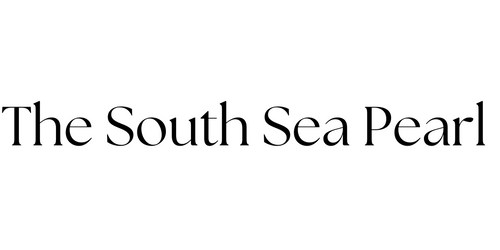Tahiti pearls are one of nature’s most exquisite treasures, captivating jewelry enthusiasts across the globe. However, as the demand for these beautiful gems increases, it’s essential to understand the environmental ramifications of their farming. This article unpacks the environmental impacts associated with Tahitian pearl farming and explores ways to promote sustainable practices while ensuring that we cherish these magnificent pearls.
Блог о жемчужине Южного моря
-
октябрь 16, 2025
-
октябрь 15, 2025
How to Spot Authentic Tahitian Pearls Easily
Tahitian pearls, originating from the pristine waters of French Polynesia, are among the most sought-after gemstones in the world. Renowned for their exquisite beauty and unique colors, these pearls have captured the hearts of jewelry lovers globally. However, with growing demand comes the challenge of spotting authentic Tahitian pearls amid the many imitations available in the market. In this guide, we’ll unveil reliable methods to identify genuine Tahitian pearls while enhancing your knowledge about their origins and characteristics.
-
октябрь 14, 2025
Tahitian Pearls: Chic Fashion Trends & Styling Tips
When it comes to fashion and luxury accessories, few items hold the charm and elegance of pearls. Among them, tahiti black pearl stands out, renowned for its unique hue and exotic origins. These dark beauties are not just pieces of jewelry; they are statement pieces that define contemporary fashion. In this blog post, we will explore the latest trends in Tahitian pearls and provide you with styling tips to incorporate these stunning gems into your wardrobe.
-
октябрь 13, 2025
The Cultural Significance of Black Tahitian Pearls
In the heart of the South Pacific, the allure of Tahitian pearls runs deep within the vibrant tapestry of Polynesian culture. Known for their stunning beauty and unique colors, black Tahitian pearls hold more than just aesthetic value; they carry profound cultural significance that has been woven into the traditions and practices of Polynesians for centuries. This article dives into the pivotal role of Tahitian pearls in traditional Polynesian culture, highlighting their history, symbolism, and modern-day relevance.




